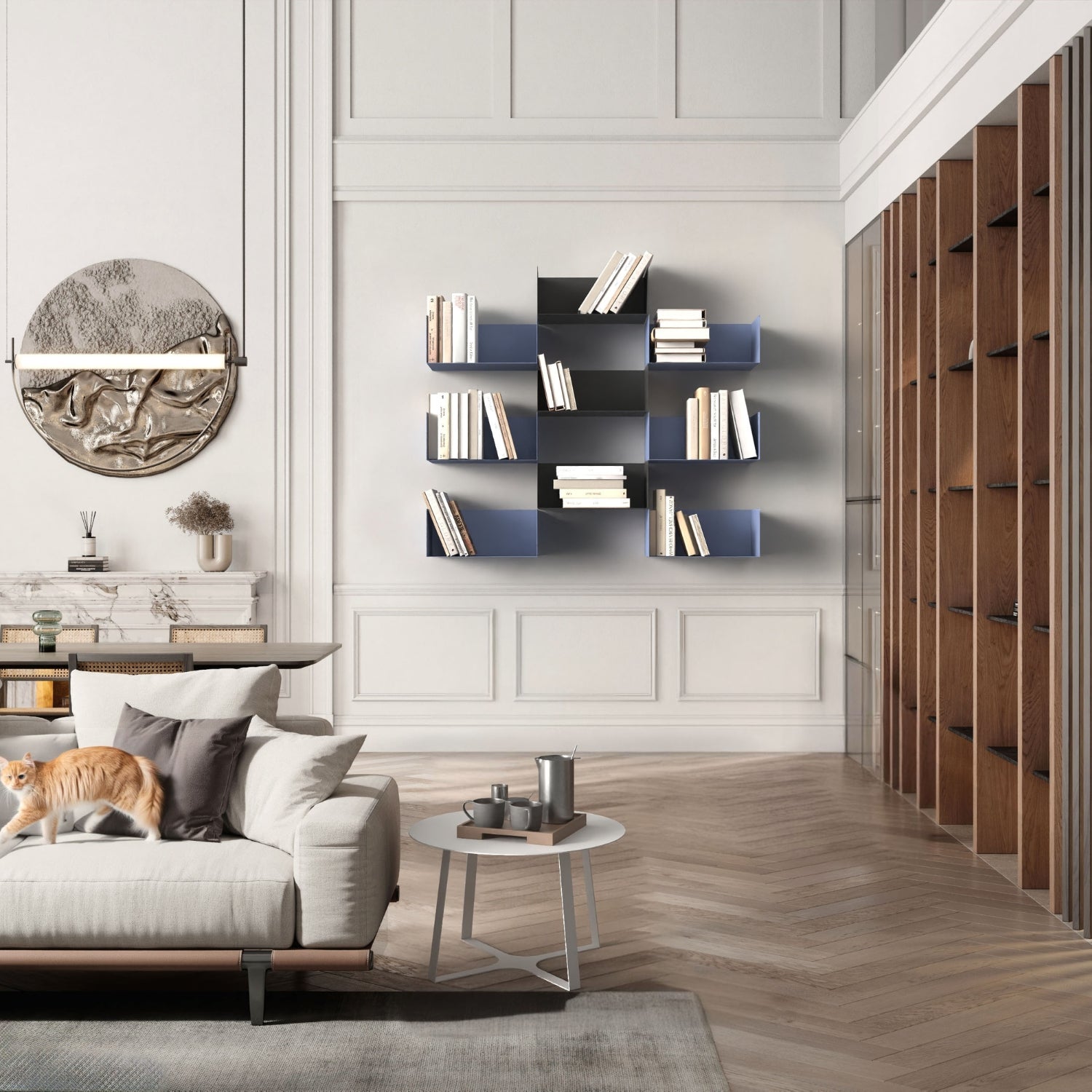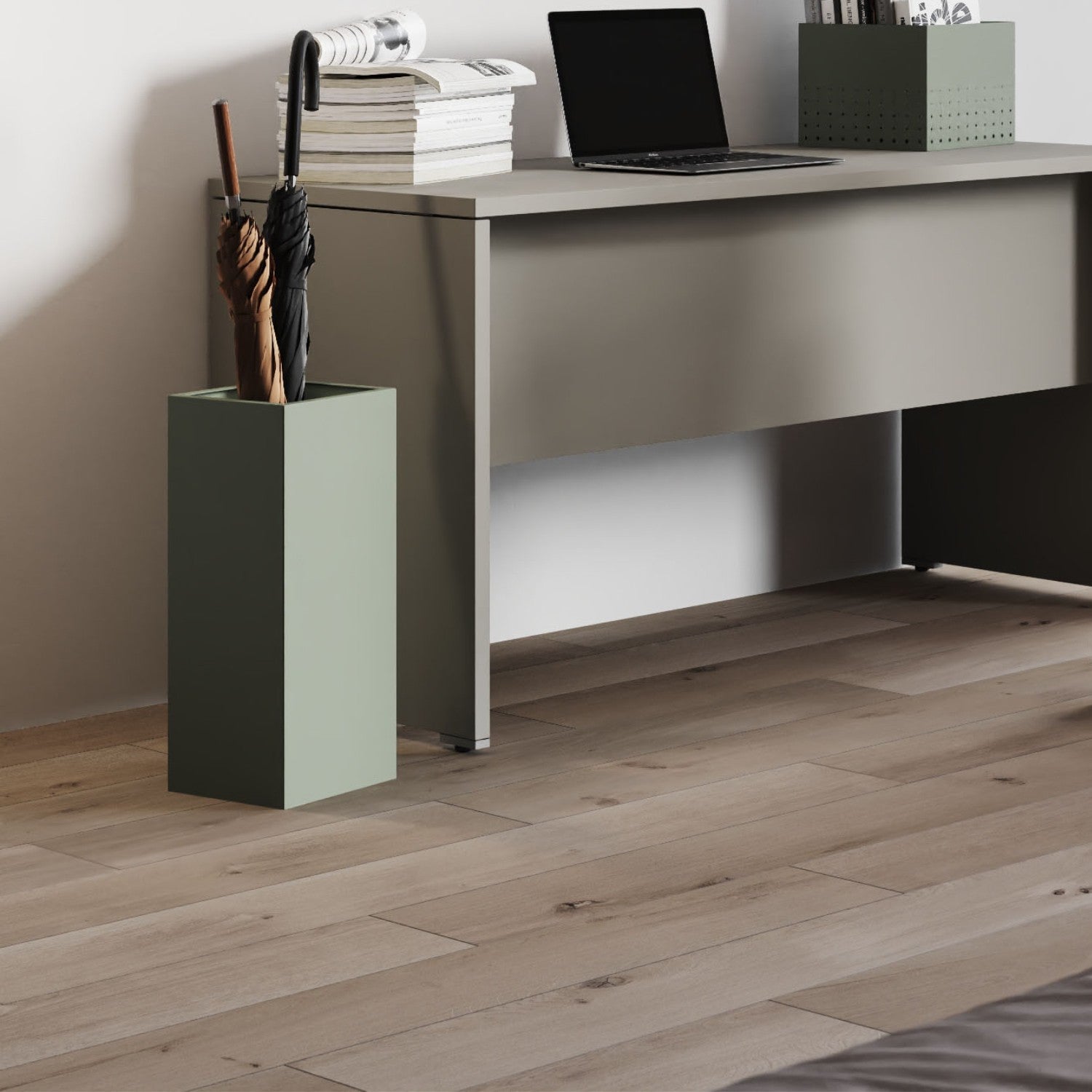What features should you consider before purchasing an umbrella stand?
You know those soggy umbrellas leaning against the wall, with the floor of the entrance reduced to a swamp? It's time to say enough: a good umbrella stand will save you from puddles of water and chaos. But how do you choose the right one? Here's what you should pay attention to:
-
Space and dimensions: Consider the space available in your entrance. An umbrella stand that is too large could get in the way, while one that is too small may not be enough for all the umbrellas in the house. There are super compact models (about 10 cm wide) that take up very little space, perfect for a single umbrella. However, if you are a family or have multiple umbrellas, it is better to opt for something around 20-30 cm wide, which combines capacity and small space. Height also matters: make sure it is at least 50 cm high so it can accommodate long umbrellas without letting them fall out.
-
Stability: No one wants an umbrella stand that wobbles or, worse, tips over and spills dirty water everywhere. Look for a model with a stable, heavy base or a design that provides balance. For example, metal umbrella stands are often heavy enough to stay in place. If your entryway is windy (drafts can knock umbrellas over), make extra sure the stand is firmly planted. Better to prevent disaster than to dry flooded floors!
-
Drip tray and cleaning: A detail that should not be underestimated is water management. The best models have a drip tray or a closed bottom that retains rainwater that drips from the umbrellas. This way the floor stays dry and you can easily empty the accumulated water. If the umbrella stand is open at the bottom, consider placing an absorbent mat underneath, but the ideal is to have one with an integrated drip tray . In addition, easy-to-clean materials (such as painted metal or plastic) make your life easier: all you need is a cloth to remove any streaks or drops.
-
Sturdiness and extra functionality: Make sure the umbrella stand is made of sturdy and resistant materials. Metal, for example, is not afraid of daily use, while a delicate wooden model could be damaged more easily if it remains wet for a long time. Also think about where you will place it: if you intend to keep it outside or on the landing , make sure it can withstand impacts and bad weather (perhaps avoid materials that are too fragile or valuable in common spaces). There are also umbrella stands with really interesting extra functions: some include hooks for hanging folding umbrellas, others even act as another complement. An example? ALL by Teto (tetospace.com) is a metal umbrella stand with a modern design that also functions as a waste bin. Basically two functions in one, so you keep the entrance tidy by eliminating both umbrella drops and wet advertising flyers! Not bad, right?
In short, choose an umbrella stand that is proportionate to your space, stable as a rock and equipped to collect water. This way you can say goodbye to umbrellas placed haphazardly and welcome an entrance that is always dry, tidy and even a little chic.



